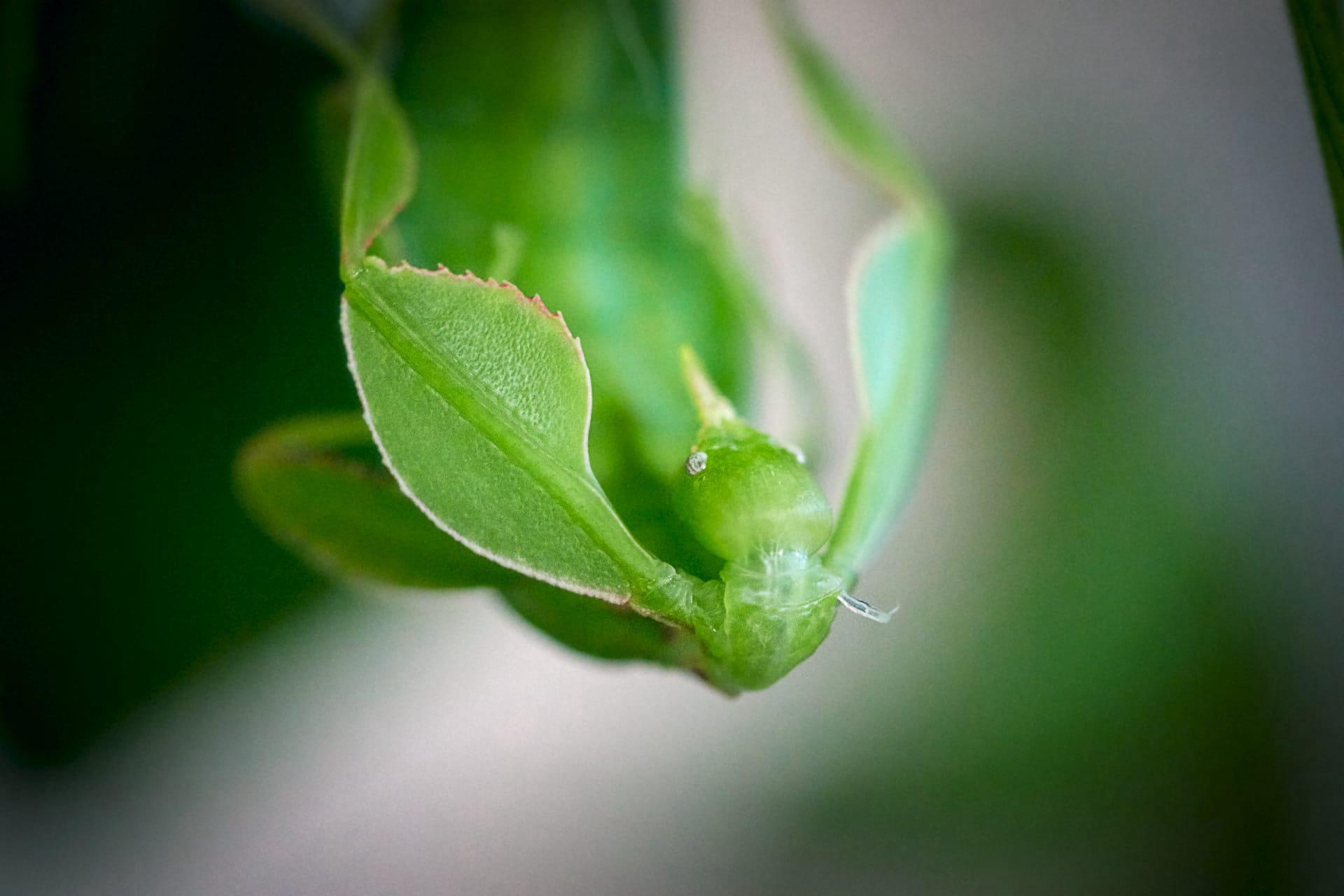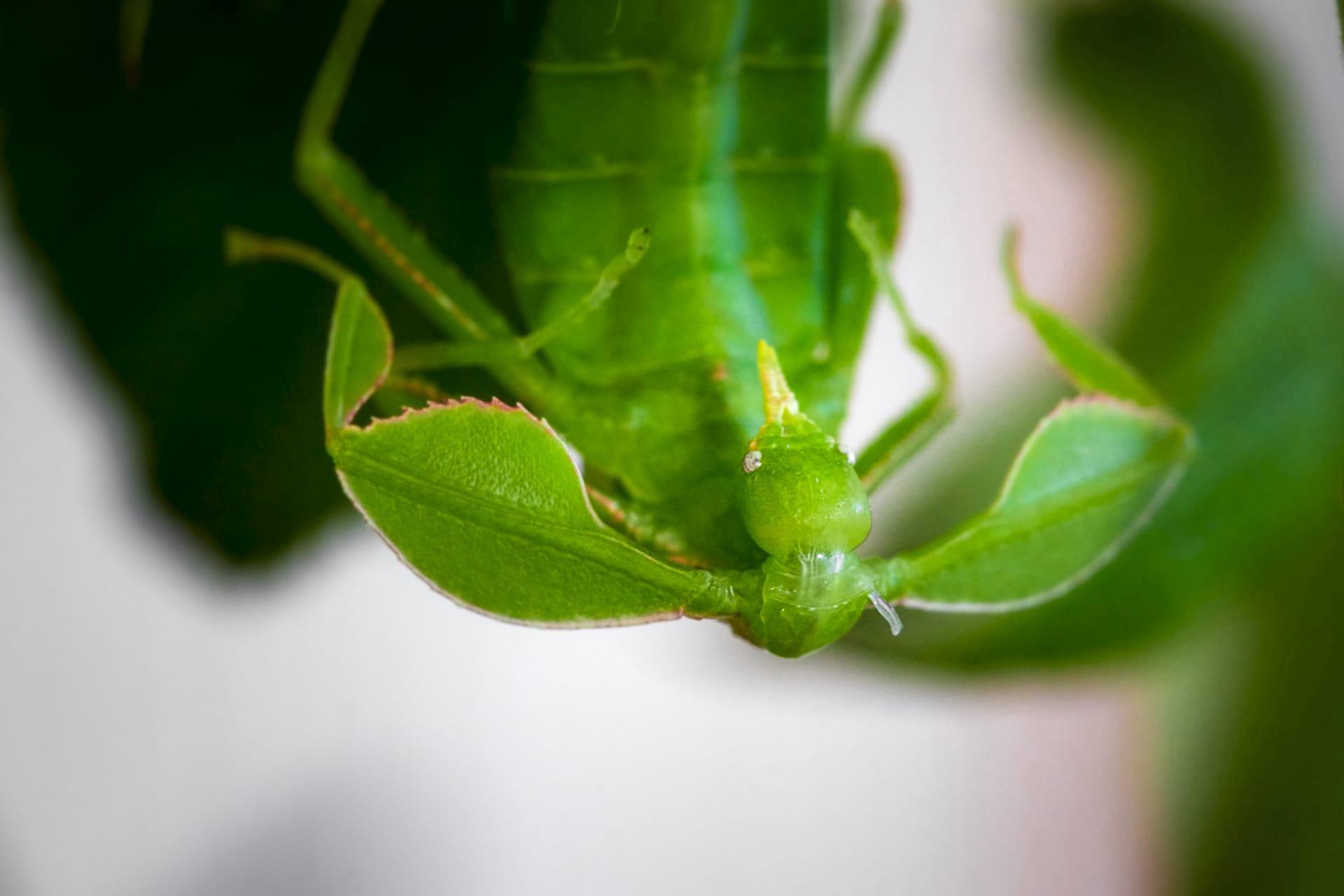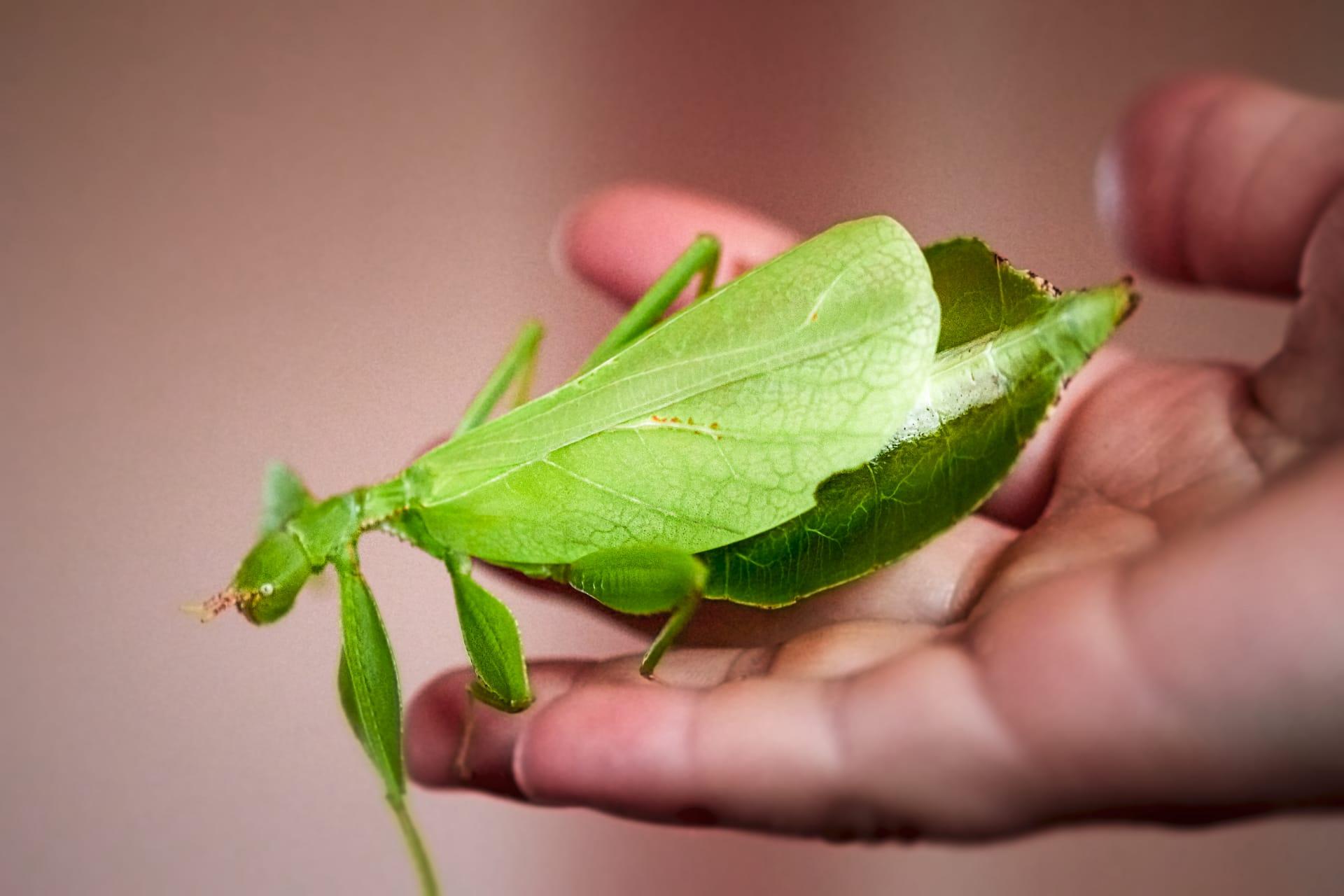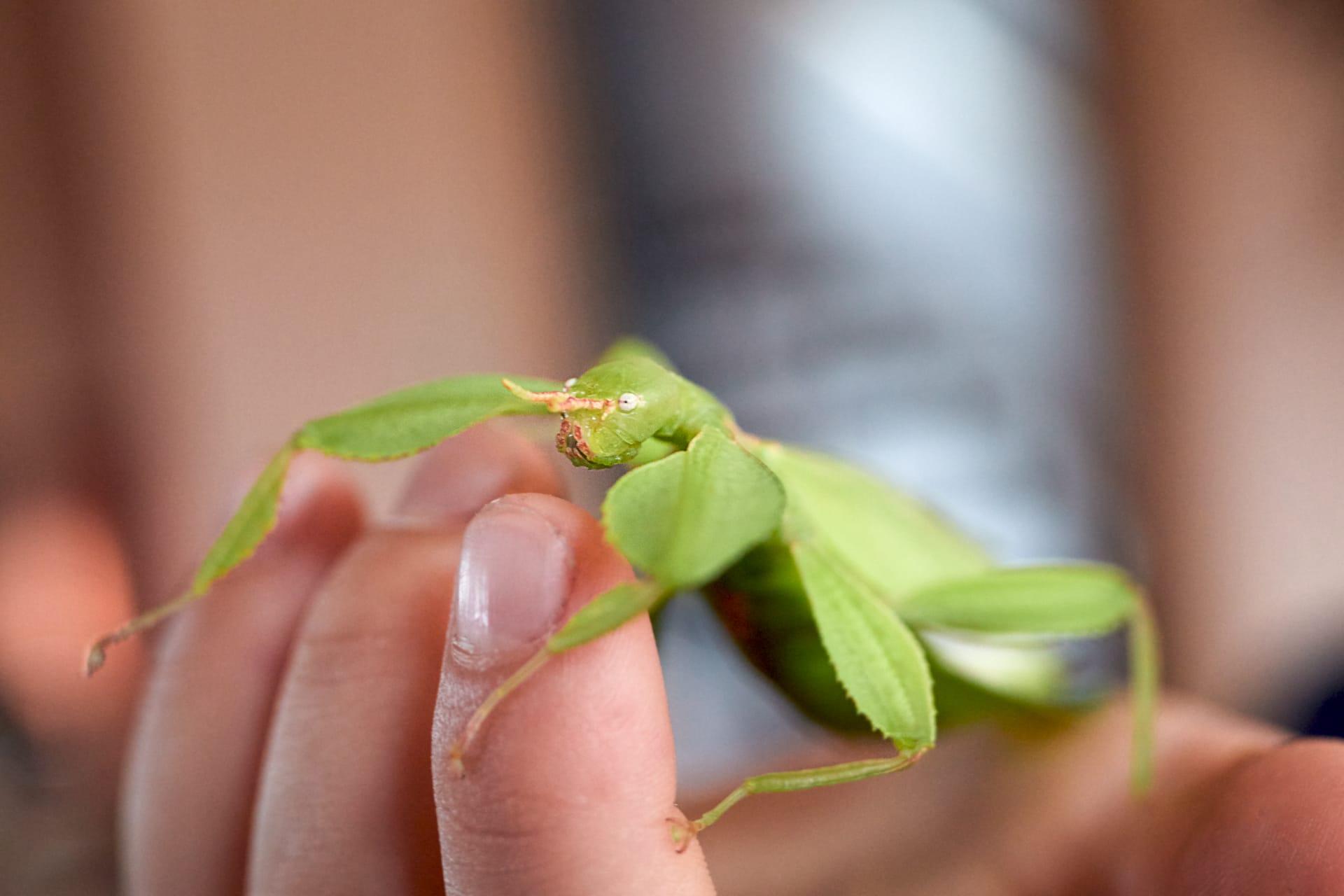Phyllium
- Home /
- Mini Encyclopedia /
- Animal /
- Phyllium
1
Leaf insects, belonging to the genus Phyllium, are a fascinating group within the Phasmatodea order, known for their striking leaf-like appearance. This genus comprises numerous species, each unique in its mimicry and adaptation. The Phyllium genus is classified under the family Phylliidae. These species are distinct in their flattened, leaf-like body structure, varying in size from about 2 inches (5 cm) to over 4 inches (10 cm) in length, with females generally larger than males. Their coloration ranges from vibrant green to brown, mirroring the foliage they inhabit. Some species even display leaf-like veins and spots, resembling disease spots or bird droppings for added camouflage.
In terms of distribution, Phyllium species are predominantly found in tropical regions, with a high concentration in Southeast Asia, including countries like Malaysia, Thailand, and the Philippines. Their habitat is primarily in rainforests, where they blend seamlessly into the foliage. They are arboreal, spending most of their lives in trees. The specific distribution of each species varies, with some being endemic to single islands or regions. For instance, Phyllium giganteum is mainly found in Malaysia, while Phyllium philippinicum is native to the Philippines. Their precise habitat choices are dictated by the availability of suitable foliage, which serves as both their camouflage and food source.

2
Question: Do all leaf insects of the Phyllium genus feed on a wide variety of plants?
Answer: Contrary to what some might think, leaf insects are quite selective in their diet. While they are herbivorous, most Phyllium species exhibit a preference for specific types of plants. They primarily feed on leaves of plants like guava, mango, and raspberry. Their dietary specificity can sometimes pose challenges in captivity, where their preferred food plants might not be readily available. This selective feeding behavior is also a reason why leaf insects are not considered agricultural pests, unlike many other herbivorous insects. Their feeding is generally limited to wild foliage in their natural habitat, which helps maintain a balance in their ecosystem.

3
One of the most remarkable survival strategies of Phyllium species is their incredible mimicry. They have evolved to closely resemble leaves, not just in color but also in shape and texture. This mimicry extends to their movements, where they often sway side to side, mimicking a leaf being moved by the wind. This camouflage is a crucial defense mechanism against predators like birds and lizards. Their color can change slightly depending on their diet and environment, further enhancing their ability to blend in.
Another survival tactic is their reproductive strategy. Many Phyllium species practice parthenogenesis, where females can reproduce without males. This ability is particularly advantageous in environments where mates are scarce. Eggs of Phyllium species are also camouflaged, resembling plant seeds. This deception reduces the likelihood of predation, ensuring a higher survival rate for their offspring. The nymphs, when hatched, are already adept at camouflage, starting their life cycle with the same remarkable survival mechanism as adults.

4
In the ecosystem, Phyllium species play a significant role in the trophic dynamics of their habitat. As herbivores, they contribute to controlling the growth of foliage, which in turn affects the availability of resources for other species. Their selective feeding habits help maintain plant diversity by preventing overgrowth of certain plant species.
The presence of leaf insects also benefits predators in the ecosystem. They serve as a food source for a variety of animals like birds, small mammals, and reptiles. This predation is a natural population control for Phyllium species, ensuring their numbers remain in balance with the ecosystem's carrying capacity. Additionally, the mimicry of leaf insects provides a fascinating example of evolutionary adaptation, contributing to the biodiversity and ecological complexity of their habitats.

5
Film: "Leafy Illusionists: Masters of Camouflage" is a documentary released in 2021 by the United States. It explores the extraordinary world of leaf insects, focusing on their mimicry and survival strategies. The film takes viewers through various rainforests in Southeast Asia, showcasing the diverse environments these insects inhabit and their interactions with the ecosystem.
Book: "Invisible Insects: The Secret Life of Phyllium" was published in the United Kingdom in 2019. Written by entomologist Dr. James Harte, this book delves into the intricate world of leaf insects. It covers their biology, behavior, and the evolutionary journey that led to their remarkable leaf-like appearance. Harte's work is renowned for combining scientific rigor with engaging storytelling.
Book: "Leaf Mimics: Nature's Master of Disguise" is another insightful read, authored by Dr. Maria Fernandez and published in Australia in 2020. This book focuses on the adaptive strategies of leaf insects within their habitats, discussing their ecological role and the challenges they face due to habitat loss. Fernandez's book is praised for its comprehensive research and its contribution to understanding the delicate balance of rainforest ecosystems.